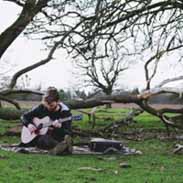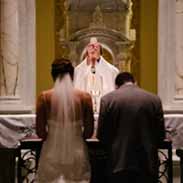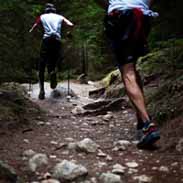Bantu Speaking Peoples Flashcards, test questions and answers
Discover flashcards, test exam answers, and assignments to help you learn more about Bantu Speaking Peoples and other subjects. Don’t miss the chance to use them for more effective college education. Use our database of questions and answers on Bantu Speaking Peoples and get quick solutions for your test.
What is Bantu Speaking Peoples?
Bantu-speaking peoples are a large, diverse group of African ethnicities that share common linguistic and cultural roots. They are spread across much of Sub-Saharan Africa and can be found from Nigeria in the west, to Kenya in the east, as well as in some parts of Southern Africa. Bantu languages form an important part of their distinct culture, and they have contributed significantly to the history and development of many African nations.The term Bantu was first coined by linguists in the 19th century who identified certain similarities between different African language groups. The exact origin of these languages is still unknown but it is believed that they began spreading across Sub-Saharan Africa around 2,000 years ago with migrating agricultural populations looking for new lands on which to settle. As they moved around, Bantu speaking communities took their language with them and adapted it to fit local contexts over time. This has resulted in a wide variety of dialects being spoken today typically classified into four main branches (Central Bantu, Eastern Bantu, Western Bantu and Southern Bantu).As well as having an impact on language, this migration also saw significant social changes taking place within these societies. A key feature was how traditional religious beliefs were fused with newly introduced spiritual elements from other regions such as voodoo or ancestor worship resulting in unique hybrid belief systems. Furthermore past migrations also created networks between different communities which enabled them to trade goods like salt or iron tools that were otherwise difficult or impossible to obtain locally – further aiding economic growth throughout Sub Saharan Africa during the pre-colonial period. Today there are approximately 200 million people who identify themselves as members of one or more Bantuspeaking cultures spread across most countries within Sub Saharan Africa including Democratic Republic Of Congo (DRC), Tanzania , Angola , Rwanda etc . These societies remain largely rural focussed even though urbanization trends have increased significantly over recent decades due both internal and external pressures such as war refugee movements etc . Despite this however much traditional practices still survive including arts music food customs ceremonies etc all which reflect strong ties back towards ancestral heritage .













